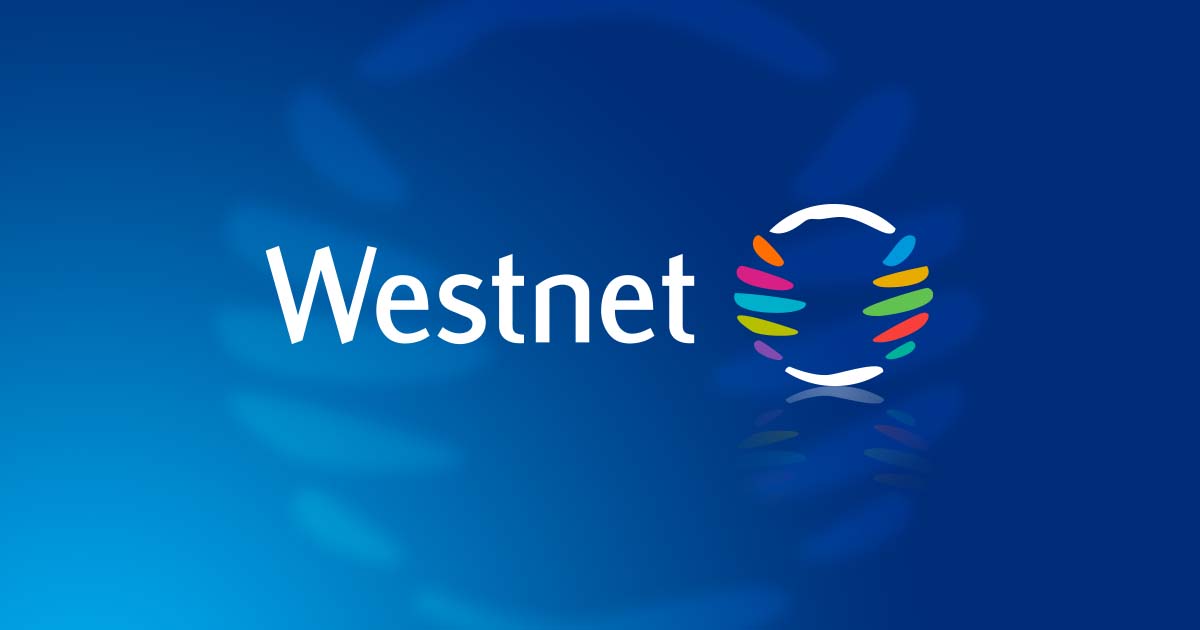Firstly, it just isn't the case.
Well, it most certainly is the case for me and my neighbours. None of us can get any more than 50Mbps. It IS the case for plenty of people who have no choice than to use FTTN. I did not choice FTTN, that technology is all that is offered here. And evey node has some properties that are able to connect at 100+ Mbps and some properties that cannot get more than 50Mbps. While the percentage may be low, I suggest that these properties should not be ignored when it comes to determining where to run fibre.
I always end up spending too long finding the NBN docs to quote stats but you can go see what proportion of people are passed by FTTN (looks like 29%) and it is not the prevalent connection mechanism. Other than Microwave or Satellite, no other method will have < 100Mbps speeds available and there are probably FTTN customers that
can go over that rate (according to
this article from 2017, 66% of FTTN can).
I have no doubt that lots of FTTN customers can achieve 100Mbps. But I cannot and neither can my neighbours. And neither can another site I manage/support that is similarly constrained due to the distance from the node. In that case we get about 40Mbps down and less than 10Mbps up. And one of the primary use cases for that service is live-streaming video content. With the limited upload speed, 720p25 is about the realistic practical limit for that content.
But it's hardly the point anyway, because the demand driven model means that if you actually pay for the higher speed, you get prioritised for the FTTP connectivity.
Surely you are not suggesting I, and my neighbours, should all start paying for 100Mbps services even though we cannot achieve more than 50Mbps, in the HOPE that NBN might consider prioritising us for an upgrade? That does not make any sense. That is like saying that if milk was only supplied in 1L bottles in our area, we should start paying the price of 2L bottles for each 1L bottle we buy, in the HOPE that the mile supplier will decide to deliver 2L bottles to the shops in our area? Surely not.
I know people love them some NBN bashing but to suggest the majority of people choose 50Mbps because it's the highest they can achieve when the real reason is that lower speed tiers are actively discouraged with 12Mbps having been pulled and the 50Mbps tier advertised as the default tier, only those who actively request less than 50Mbps would get a lower plan. It is very simply the reason why. Have a look below and see what the default offering is in every case:
I did not suggest the majority of people choose 50Mbps because it's the highest they can achieve. I just stating that it is my reason and I know of others in the exact same situation. Never did I ever suggest that this is reason for the majority of people choosing a plan less than 100Mbps. But I do now there are plenty of people for whom this IS the case.
I did not link to any special page, this is the landing page for NBN for every RSP. Every single one advertises a 50Mbps plan. I empathise with your postion
@NM but your experience cannot be the norm based on the distribution of connection mechanisms across the NBN
I know its not the norm, but it is real. I would happily pay for 100/40 services, and in fact I did when first connected to NBN. But when my RSP could not achieve anymore than 50Mbps, I changed plans and accepted their refund of the price difference.
I accept that many people do not want nor need >50/20Mbps services. Do I need more than 50/20? Probably not. But I would be very happy to pay for 100/40 if I could get it or something closer to it than I can today. And for the other location, even getting to 50/20 would be amazing. Living with 40/9 for that location's use case is challenging. And again, if we could get 100/40 we would pay it in a heart beat. So why should these cases be ignored as "uncommon" and not considered for FTTC upgrades?[/quote][/QUOTE]


















